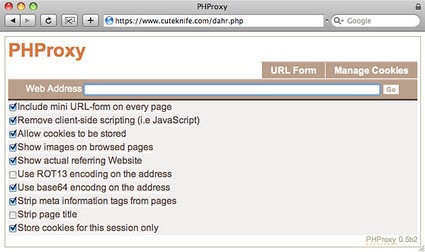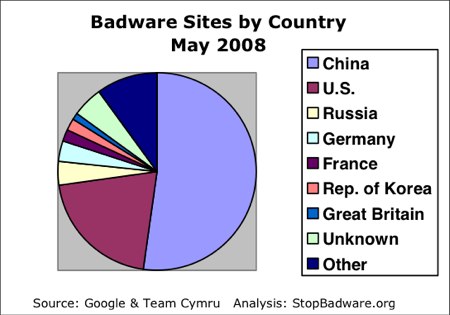
Government leadership in Shanghai wants to build 100 community hackerspaces funded by the Chinese government. Each space will be at least 100 square meters, open 200 days a year, and come equipped with wood and metal lathes, saws, drills, grinders, mills, and more electronics than we can imagine.
The official government statement (translated here) says the Shanghai Science and Technology Network wants to build a few dozen ‘innovation houses,’ ostensibly to create a breeding ground for new, innovative ideas and to nurture young builders.
The first Chinese hackerspace, Xin Che Jian, opened last year and they’re doing some pretty cool stuff. A RepRap Mendel is already on the build roster (pictured above) along with a few quadrocopters and small racing robots.
As far as what this means for western countries, we’re going to editorialize a little bit and say that government-funded hackerspaces would increase innovation a little bit more than watching our representatives argue about homosexuals or taxes. Who knows, if this Chinese experiment proves successful, it may move out of Asia and onto the Americas and Europe.
via reddit














